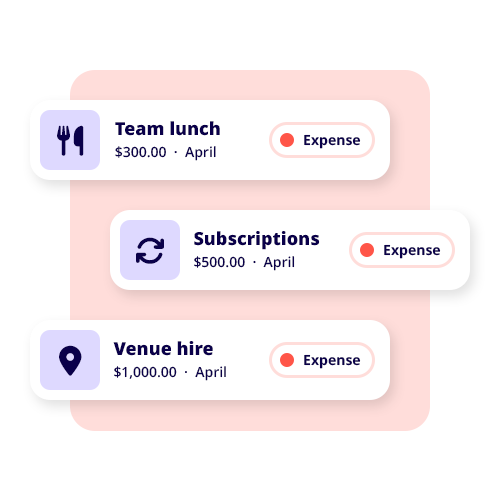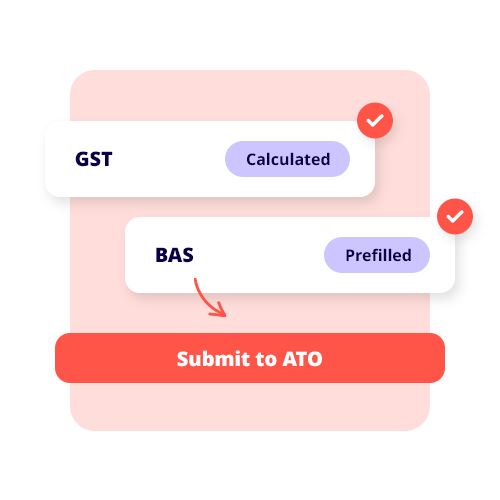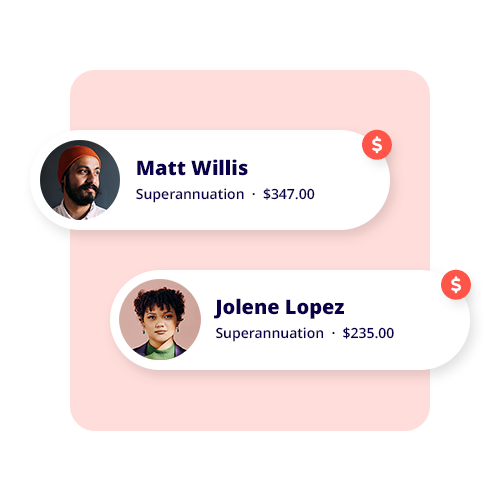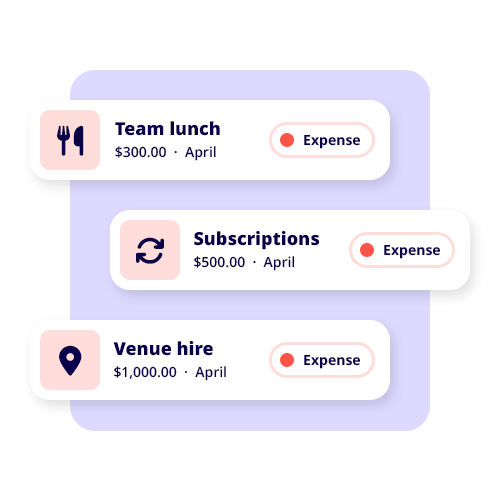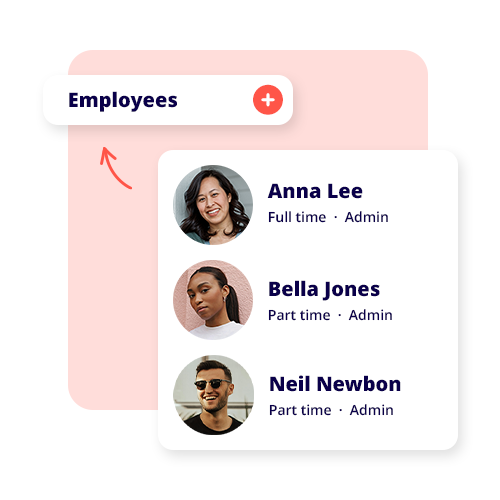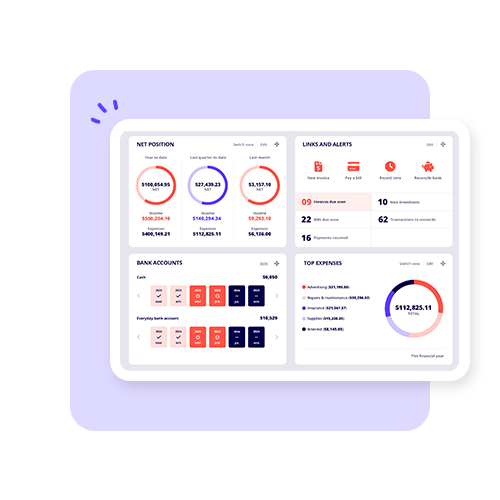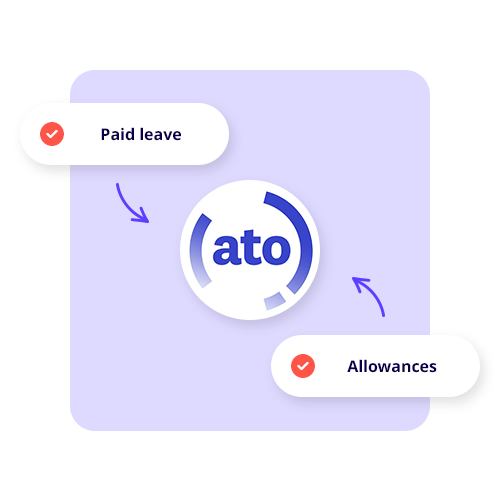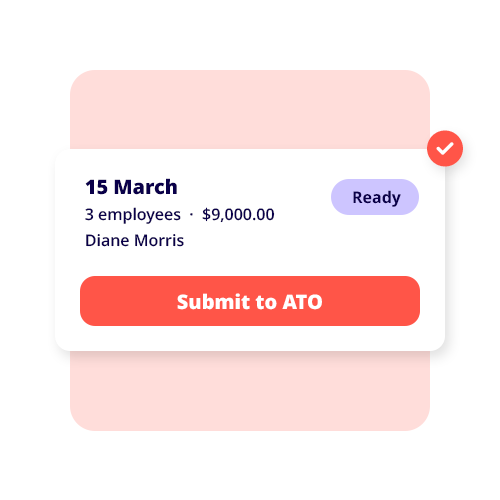Assets are the economic resources your business owns or controls that are intended to provide you with current or potential future financial benefits. They are essential for business operations as they allow companies to produce goods, generate revenue, and stay financially viable.
Assets represent the foundation of a company’s financial position and are prominently displayed on the company’s balance sheet.
Read on for the assets definition, as well as a breakdown of the different types of assets and how they are classified and used in financial accounting.
Assets definition and importance
You can think of an asset as being anything of economic value owned or controlled by a business or individual that is expected to deliver a future benefit. Within the context of a company, assets can be anything from tangible items (e.g. cash and property) to non-physical assets (e.g. intellectual property and goodwill).
You should care about assets because they are crucial for business success. They:
- Set the foundation for business operations.
- Generate economic benefits by building revenue or reducing expenses.
- Contribute to long-term growth and stability.
Assets are central to the age-old accounting equation:
Assets = Liabilities + Equity
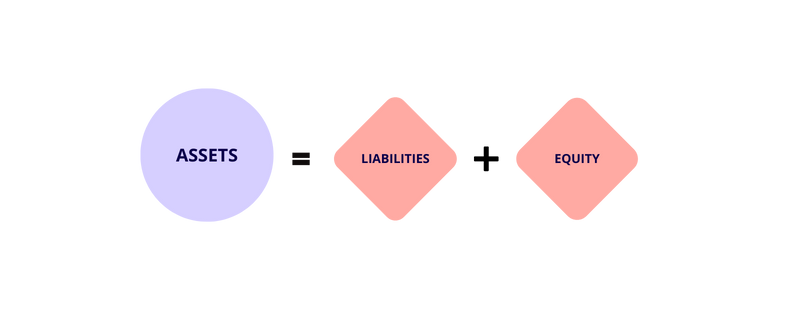
Types of assets
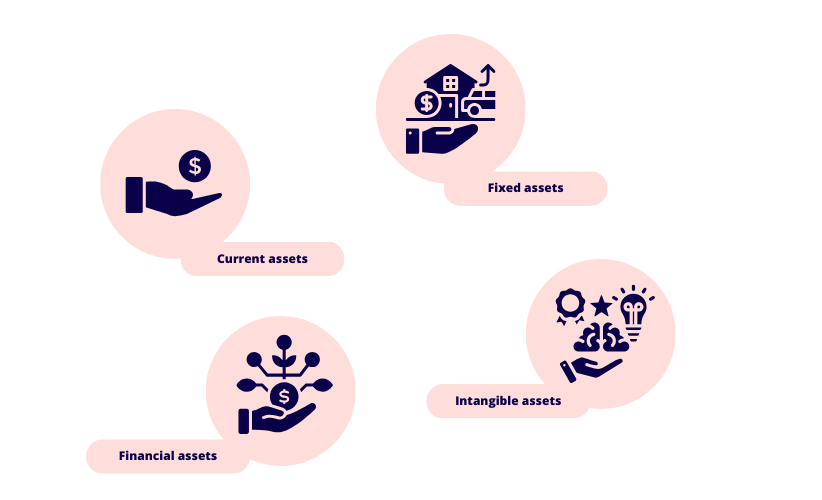
1. Current assets
These are resources expected to be converted into cash, sold or used within a year. Examples of current assets include:
- Cash and cash equivalents: Readily available funds like money in a bank account.
- Accounts receivable: Money owed to a company by its customers.
- Inventory: Raw materials, work-in-progress or finished goods ready for sale.
- Prepaid expenses: Payments made in advance for goods or services.
2. Fixed assets
Also known as long-term assets or non-current assets, fixed assets are resources used over a period longer than one year. Examples include:
- Manufacturing equipment: Machines used to produce goods.
- Property: Land and buildings owned by the business.
- Vehicles: Used for transportation or delivery.
- Office equipment: Computers, desks, furniture, etc.
Fixed assets deal with depreciation over time – in other words, their value gradually reduces with age. Depreciation is a top concept in financial accounting as it can help businesses spread out the cost of an asset over its useful life.
3. Intangible assets
Intangible assets don’t have a physical presence but still deliver real economic value. A few common examples include:
- Intellectual property: IP like trademarks, patents and copyrights.
- Goodwill: The value of a company’s reputation or brand equity.
- Contractual obligations: Agreements that lock in future benefits, such as licensing deals.
Bear in mind that intangible assets are amortised over their useful life, similar to the depreciation of fixed assets.
4. Financial assets
These are financial investments that can be easily converted into cash or generate income, including:
- Stocks: Ownership in another company.
- Securities: Corporate or government bonds.
- Mutual funds: Pooled investments in diversified portfolios.
Unlike fixed assets, financial assets are more liquid, so they are very valuable for short-term or strategic financial planning.
How assets add value to a business
One way to think about assets is how they give businesses the means to generate revenue and reduce costs. They do this by:
- Facilitating operations: Assets like inventory and equipment are necessary for producing goods and delivering services.
- Generating revenue: Intangible assets like brand equity or patents can boost a company’s market position and profitability.
- Securing investments: A robust asset portfolio makes it easier to secure loans and attract investors.
- Improving financial stability: Having more assets than liabilities shows financial health and stability in a company.
Assets vs liabilities
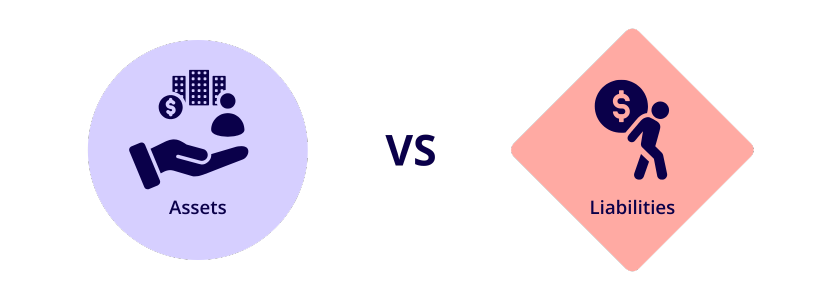
While assets are resources that deliver an economic benefit, liabilities instead represent obligations or debts owed. Think of it in this way:
- Assets are items of value a business owns (e.g. property, cash, IP, etc.).
- Liabilities are the amounts a business owes (e.g. loans, accounts payable, tax obligations, etc.).
The relationship between assets and liabilities can be what determines a company’s net worth and financial standing.
Valuation of assets
Assets are most commonly valued using the concept of historical cost, which is the original purchase price plus any expenses that were required to prepare the asset for use (e.g. delivery or installation fees). However, adjustments like depreciation or amortisation can be applied over time to reflect the latest changes in value.
Examples of business assets
- Physical business assets: Land, buildings, machinery, tools, vehicles and inventory.
- Non-physical assets: Patents, copyrights, trademarks and goodwill.
- Financial Investments: Stocks, bonds and securities.
- Cash equivalents: Treasury notes or money market funds (international).
Major considerations for managing assets
To maximize the value of their company’s assets, businesses should regularly evaluate their assets’ performance and utility, as well as keep accurate and up-to-date accounting records.
It’s worth investing in accounting software to streamline asset tracking and reporting, and to make sure there’s a system in place for the proper classification of assets for tax and financial reporting purposes.
Ultimately, assets are the building blocks of any business’s financial foundation. They are the resources needed for daily operations and future growth, and will have a huge bearing on a company’s success or failure.












